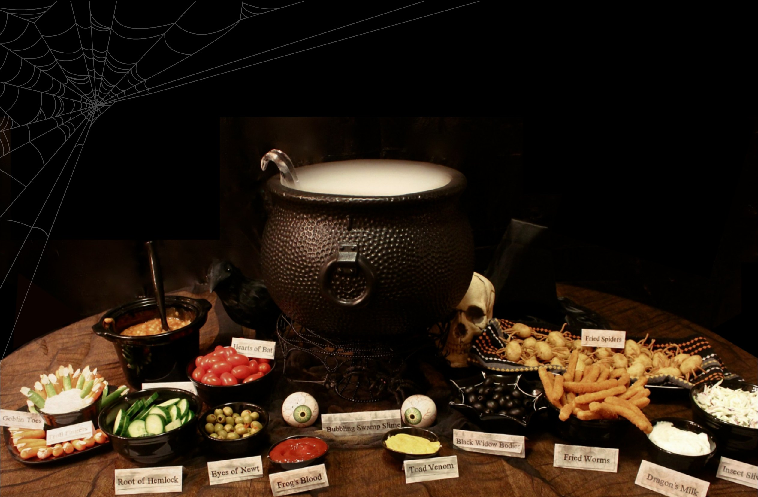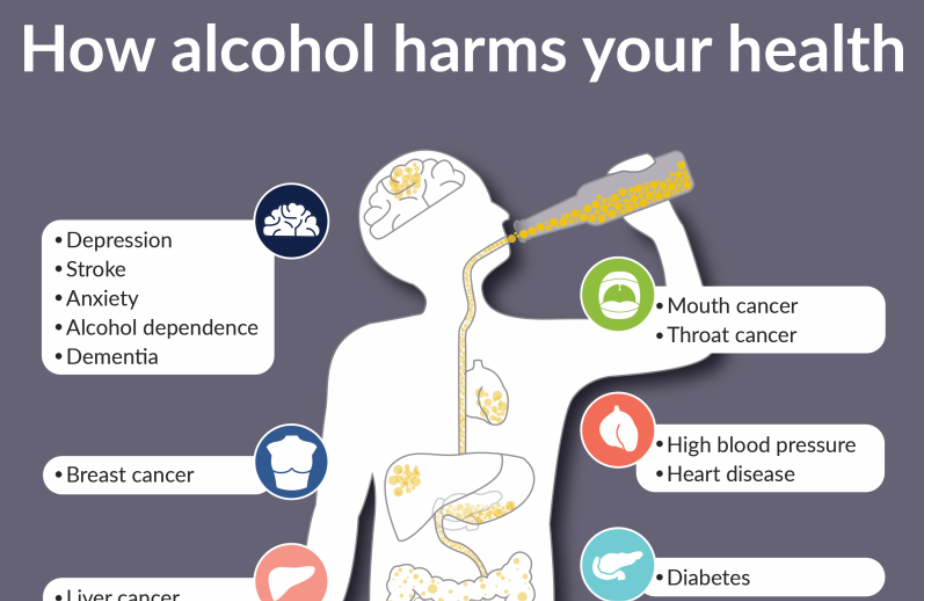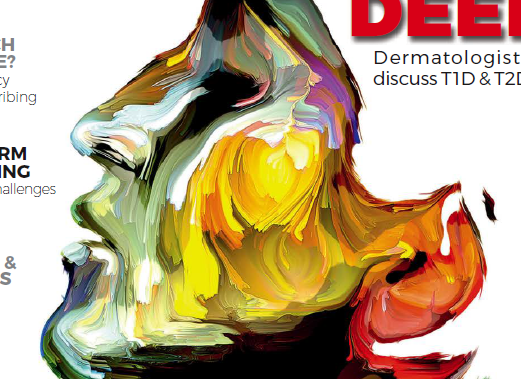
I’m standing in an airport queue after a medical conference, patiently waiting for the bag tag machine, smugly grateful that I checked in on my phone, thus avoiding the line opposite me, five times as long.
Queueing to wait for one’s turn is a concept invented by hungry cavemen, but not perfected until homo erectus reached England.
“Gentlemen, we’ve enough mammoth to go round, but you don’t get first dibs on the foretrunk by waving your club. Chisel your name onto this rock (in triplicate) and we’ll grunt for you shortly.”
Thus, the Brits were prepared for the world’s greatest ever line-up last month, known simply as The Queue. Aptly, to pay respects to her majesty The Queueen.
London measures its politeness in human miles, and ten of those were on display along the Thames, snaking all the way past Shakespeare’s Globe Theatre.
The bard had even predicted it in Henry VI: “A serpent…that slily glided towards your majesty”.
The Queue became so popular, it fed upon itself. Those who weren’t a yet a part of it got FOMO and joined in to see what the fuss was all about. The journey became the destination.
Queues form a part of a GP’s life, too, only we add a roof and chairs and call them waiting rooms. If patients are lucky, they score the latest magazine edition upon arrival, not necessarily still current by the time they finish waiting.
The queue to see the GP accommodates three competing priorities: first-come first-served; emergencies-take-precedence; and doctors-need-toilet-breaks.
That last one isn’t ever written into triage manuals or explained on friendly waiting room posters. No, these breaks must be taken furtively. Let patients assume you’re in a back room phoning a consultant (actually, that’s quite possible) or printing urgent prescriptions (highly unlikely – the paper is the wrong ply).
I once did a locum in a surgery where access to the only bathroom was via the waiting area. The entire room would fill with hope as I appeared at the start of my long march of shame, only to empty as my destination became clear. Turns out hope wasn’t the only thing about to empty.

As I reminisce, I print my airport bag-tag and shake my head condescendingly at les miserables in the hellish queue opposite. I turn jauntily to a nearby steward. “Whither the bag drop, my good man?”
He nods disinterestedly towards the back of the other line. My mouth opens like Jean Valjean’s never did in the Parisian sewer. I hate queues!
—-
Once patients have snaked their way to seeing the GP, they may find themselves joining a far longer line if they require a referral. Hospital waiting lists are Queues Sans Frontieres – lines without borders. Many have entered the tail of the serpent, years later to find themselves still languishing in its belly, never reaching the sharp end.
At least GP queues have a friendly receptionist asking patients if they want the TV on. Hospital queues have bureaucrats who send periodic letters hoping the patient has given up. “However, we will allow you to keep your place if your GP carves your name again upon this rock. Thrice.”
The waiting list has three desired outcomes. The medical problem resolves itself; the patient becomes uncontactable (dying is particularly effective); or eventually discovers they have been standing in the wrong queue for the past six months and must start again.
To optimise the chances of that last outcome, some hospitals have developed automated queue-entry systems, knowing that machine error provides a more effective firewall than humans, who sometimes go all empathetic.
The online robot guarding my waiting lists is very balanced when it asks me to fill in forms. For every answer it should already know (what did the hospital doctors do last week to my patient?) it asks me one it shouldn’t need to know (did someone with a pathology degree confirm that the frank blood in the stools was frank blood?)
I click a dozen boxes and fudge a couple of answers; the same method that saw me through med school. With a wince, I even tick the name of a consultant who will never actually see my patient, allowing the robot to siphon some more Medicare dollars away from primary care.
Finally—upload the document. Error. Try again. Sixty seconds of computer deliberation, then error.
Exasperated, I phone the help line. “We care deeply about your call. You have been placed in a queue.”
First published in Medical Observer, Oct 2022









